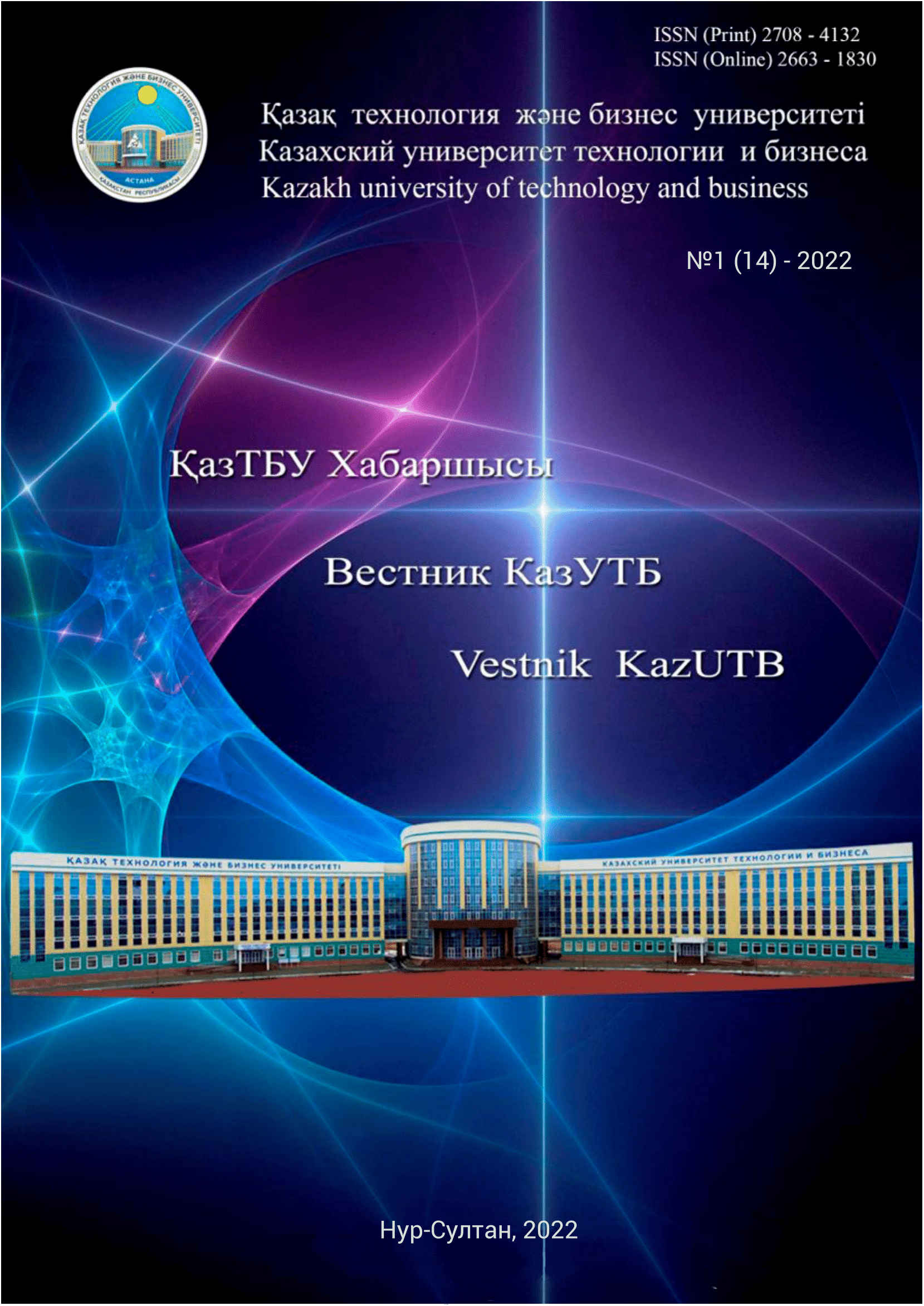Меню


Information and communication and chemical technologies
No. 1 (14) - 2022 / 2022-03-28 / Number of views: 150
THERMODYNAMIC ANALYSIS OF Fe, As – CONTAINING SYSTEMS BASED ON E– PH DIAGRAMS AND PARTIAL PRESSURES
Authors
Keywords
thermodynamic systems, diagrams, arsenic compounds, iron compounds, iron arsenate
Link to DOI:
How to quote
Abstract
The problem of environmental pollution with arsenic containing waste from enterprises has been studied. The urgency of the issue is determined by the tightening of the environmental safety requirements of existing production facilities, the adoption of measures to improve and improve the state of the environment near the enterprises of the mining and metallurgical complex, including copper production, the need to remove such impurities of copper electrolyte as arsenic in environmentally safe forms. Scientists’ research is focused on the possibility of using iron compounds for arsenic deposition as affordable and cheap reagents. Directing these hazardous wastes to storage or burial, it is necessary, along with the possibility of contact with water, to take into account the impact of other factors, for example, air, the composition of which is constantly polluted and can be quite aggressive. This requires new thermochemical data for the organization of modern production processes for the purpose of arsenic utilization. The article presents for the first time diagrams of the potential E-pH and partial pressures of iron, arsenic-containing systems under standard conditions (250C and 1 atm. total pressure). An analysis of the E-pH diagrams and partial pressures made it possible to determine the conditions and directions for the passage of chemical reactions, the formation and stability of phases, taking into account the thermodynamic behavior of chemical elements and their compounds. The potential and pH values within which the studied compound is characterized by stability are established. The areas of existence of iron arsenate are determined, chemical and electrode reactions of obtaining iron arsenate from iron and arsenic compounds are considered. Based on the results of the work, it was concluded that it is possible to use iron compounds to remove arsenic from solutions in the form of a hard-to-dissolve, stable iron arsenate and to develop effective technological methods for cleaning and processing copper electrolyte based on the data obtained.



